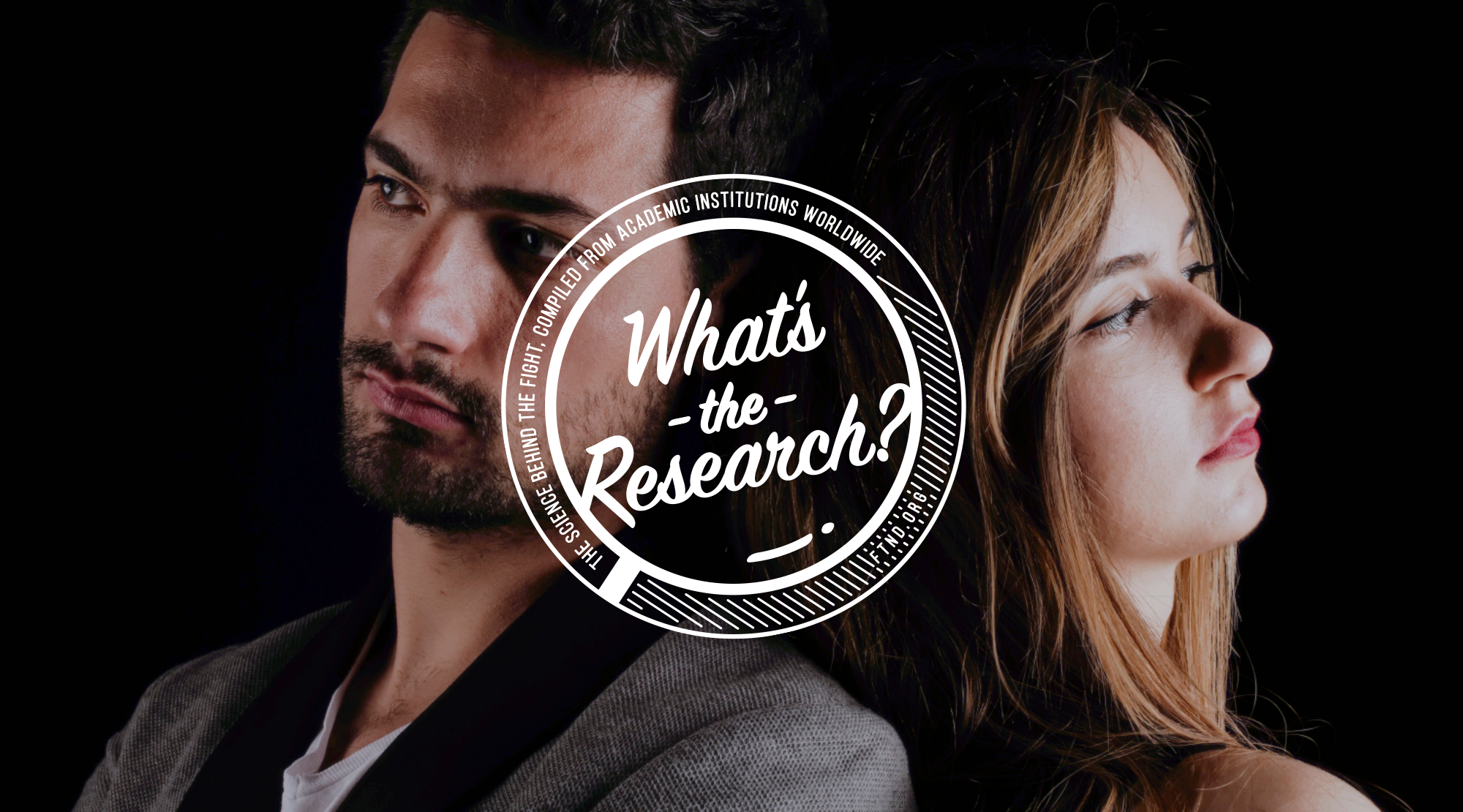Decades of studies from respected academic institutions, have demonstrated significant impacts of porn consumption for individuals, relationships, and society. "What’s the Research" aims to shed light on the expanding field of academic resources that showcase porn’s harms in a variety of ways. Below are selected excerpts from published studies on this issue.
The full study can be accessed here.
Authors: Samuel L. Perry & Cyrus Schleifer
Published May 2017
Abstract
As pornography use becomes more commonplace in the United States, and increasingly so among younger cohorts, a growing literature is considering its potential connection to key social and cultural institutions. The current study examined the relationship between pornography use and one such institution: marriage.
Researchers drew on three-wave longitudinal data from 2006 to 2014 General Social Survey panel studies to determine whether married Americans’ pornography use predicted their likelihood of divorce over time and under what social conditions. Researchers also employed a doubly robust strategy that combines entropy balancing with logistic regression models.
Methods
Researchers interviewed over 8,500 American adults over 2-year increments in three waves of interviews. Interviews consisted of items such:
-Have you seen an X-rated movie in the last year?
-To what extent do you consider yourself a religious person: Very religious, Moderately religious, Slightly religious, or Not religious?
-Taking all things together, how would you describe your marriage: Very happy, Pretty happy, or Not too happy?
Following the first wave of interviews, participants were randomly selected to be reinterviewed with the same interview process. This re-interview procedure was repeated 3 times over an 8 year period, from 2006 to 2014.
Once data collection was complete, researchers then controlled for race, education level, and gender, to prevent any confounding variables from skewing the results of the study.
Results
Researchers found that the probability of divorce roughly doubled for married Americans who began pornography use between survey waves (N = 2,120; odds ratio = 2.19), and that this relationship held for both women and men. Conversely, discontinuing pornography use between survey waves was associated with a lower probability of divorce, but only for women.
Additional analyses also showed that the association between beginning pornography use and the probability of divorce was particularly strong among younger Americans, those who were less religious, and those who reported greater initial marital happiness.
The full study can be accessed here.
Your Support Matters Now More Than Ever
Most kids today are exposed to porn by the age of 12. By the time they’re teenagers, 75% of boys and 70% of girls have already viewed itRobb, M.B., & Mann, S. (2023). Teens and pornography. San Francisco, CA: Common Sense.Copy —often before they’ve had a single healthy conversation about it.
Even more concerning: over half of boys and nearly 40% of girls believe porn is a realistic depiction of sexMartellozzo, E., Monaghan, A., Adler, J. R., Davidson, J., Leyva, R., & Horvath, M. A. H. (2016). “I wasn’t sure it was normal to watch it”: A quantitative and qualitative examination of the impact of online pornography on the values, attitudes, beliefs and behaviours of children and young people. Middlesex University, NSPCC, & Office of the Children’s Commissioner.Copy . And among teens who have seen porn, more than 79% of teens use it to learn how to have sexRobb, M.B., & Mann, S. (2023). Teens and pornography. San Francisco, CA: Common Sense.Copy . That means millions of young people are getting sex ed from violent, degrading content, which becomes their baseline understanding of intimacy. Out of the most popular porn, 33%-88% of videos contain physical aggression and nonconsensual violence-related themesFritz, N., Malic, V., Paul, B., & Zhou, Y. (2020). A descriptive analysis of the types, targets, and relative frequency of aggression in mainstream pornography. Archives of Sexual Behavior, 49(8), 3041-3053. doi:10.1007/s10508-020-01773-0Copy Bridges et al., 2010, “Aggression and Sexual Behavior in Best-Selling Pornography Videos: A Content Analysis,” Violence Against Women.Copy .
From increasing rates of loneliness, depression, and self-doubt, to distorted views of sex, reduced relationship satisfaction, and riskier sexual behavior among teens, porn is impacting individuals, relationships, and society worldwideFight the New Drug. (2024, May). Get the Facts (Series of web articles). Fight the New Drug.Copy .
This is why Fight the New Drug exists—but we can’t do it without you.
Your donation directly fuels the creation of new educational resources, including our awareness-raising videos, podcasts, research-driven articles, engaging school presentations, and digital tools that reach youth where they are: online and in school. It equips individuals, parents, educators, and youth with trustworthy resources to start the conversation.
Will you join us? We’re grateful for whatever you can give—but a recurring donation makes the biggest difference. Every dollar directly supports our vital work, and every individual we reach decreases sexual exploitation. Let’s fight for real love:

